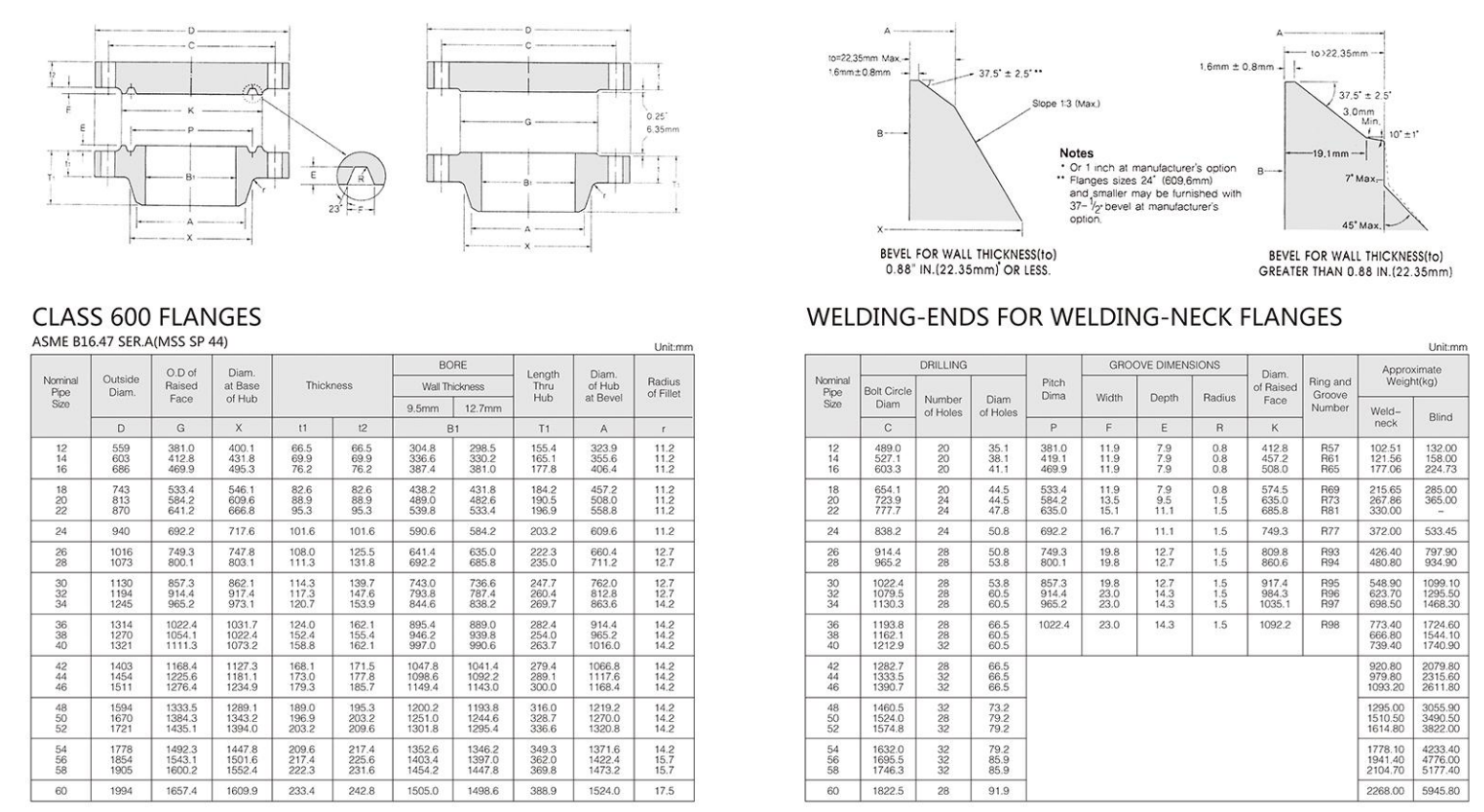-
Cangzhou Yulong Steel Co., Ltd.
-
Phone:
+86 13303177267 -
Email:
admin@ylsteelfittings.com
- English
- Arabic
- Italian
- Spanish
- Portuguese
- German
- kazakh
- Persian
- Greek
- French
- Russian
- Polish
- Thai
- Indonesian
- Vietnamese
- Zulu
- Korean
- Uzbek
- Hindi
- Serbian
- Malay
- Ukrainian
- Gujarati
- Haitian Creole
- hausa
- hawaiian
- Hebrew
- Miao
- Hungarian
- Icelandic
- igbo
- irish
- Japanese
- Javanese
- Kannada
- Khmer
- Rwandese
- Afrikaans
- Albanian
- Amharic
- Armenian
- Azerbaijani
- Basque
- Belarusian
- Bengali
- Bosnian
- Bulgarian
- Catalan
- Cebuano
- China
- China (Taiwan)
- Corsican
- Croatian
- Czech
- Danish
- Esperanto
- Estonian
- Finnish
- Frisian
- Galician
- Georgian
- Kurdish
- Kyrgyz
- Lao
- Latin
- Latvian
- Lithuanian
- Luxembourgish
- Macedonian
- Malgashi
- Malayalam
- Maltese
- Maori
- Marathi
- Mongolian
- Myanmar
- Nepali
- Norwegian
- Norwegian
- Occitan
- Pashto
- Dutch
- Punjabi
- Romanian
- Samoan
- Scottish Gaelic
- Sesotho
- Shona
- Sindhi
- Sinhala
- Slovak
- Slovenian
- Somali
- Sundanese
- Swahili
- Swedish
- Tagalog
- Tajik
- Tamil
- Tatar
- Telugu
- Turkish
- Turkmen
- Urdu
- Uighur
- Welsh
- Bantu
- Yiddish
- Yoruba

Oct . 12, 2024 02:06 Back to list
Specifications for API 5L X65 Steel Pipe and Its Applications
An Overview of API 5L X65 Pipe Specification
API 5L is a widely recognized specification developed by the American Petroleum Institute, which sets the standard for the manufacturing of pipeline steel. One of the most significant grades within this specification is X65, which is extensively used in the oil and gas industry for its remarkable strength and excellent corrosion resistance. This article will delve into the key features, manufacturing processes, applications, and significance of the API 5L X65 pipe.
Understanding API 5L X65 Specification
The API 5L specification covers seamless and welded steel line pipes for use in conveying gas, water, and petroleum in both the oil and gas industries. The 'X' designation indicates that the pipe is designed to withstand stress, where the number '65' represents the minimum yield strength in thousands of pounds per square inch (psi). Consequently, X65 pipes boast a minimum yield strength of 65,000 psi, making them suitable for high-pressure applications.
Chemical Composition and Mechanical Properties
To meet the requirements of the API 5L X65 specification, the chemical composition of the steel used is critical. Generally, the steel must contain precise percentages of carbon, manganese, phosphorus, sulfur, silicon, and aluminum. For instance, the carbon content must not exceed 0.21%, ensuring ductility and weldability. The controlled addition of manganese contributes to the pipe's strength and impact toughness.
In terms of mechanical properties, the API 5L X65 pipes exhibit superior tensile strength, yield strength, and elongation. The yield strength is a crucial parameter that enables these pipes to maintain stability under load, while elongation reflects the material's ability to deform without breaking, which is essential during installation and operation.
Manufacturing Processes
The manufacturing of API 5L X65 pipes involves both seamless and welded methods. Seamless pipes are produced by piercing a solid round billet to create a hollow tube, which is then elongated and reduced to the desired diameter and thickness through processes such as rotary piercing and elongation. On the other hand, welded pipes are made from flat steel plates that are rolled into cylindrical shapes and then welded along the seam. Both methods ensure that the pipes meet the rigorous standards set by API 5L.
api 5l x65 pipe specification

Quality control is paramount in the manufacturing process. Non-destructive testing (NDT) techniques, such as ultrasonic testing and radiography, are employed to identify any internal or external defects in the pipes, ensuring they meet safety and reliability standards before deployment.
Applications of API 5L X65 Pipe
API 5L X65 pipes are utilized in a myriad of applications, predominantly in the transportation of oil and natural gas through pipelines. Their high strength allows them to be used in challenging environments, including deep-water applications and areas with harsh weather conditions. Additionally, they play a crucial role in infrastructure projects, such as gas distribution systems, water transport, and other industrial applications.
The adaptability of X65 pipes extends beyond simply transporting fluids. Their robust nature makes them suitable for construction and manufacturing applications where high-strength materials are essential. Furthermore, due to advancements in welding technologies, X65 pipes can also be employed for offshore oil platforms and other demanding applications.
Significance in the Industry
The API 5L X65 specification is pivotal in ensuring safety, reliability, and efficiency in pipeline construction and maintenance. By adhering to these specifications, manufacturers and service providers in the oil and gas sector can guarantee that their infrastructure will withstand the test of time, offering both economic and operational benefits.
Moreover, as global energy demands rise and environmental regulations tighten, the use of X65 pipes can support sustainable practices through their efficiency in energy transportation. Their durability reduces the frequency of repairs and replacements, thus lowering the overall environmental footprint.
Conclusion
In conclusion, the API 5L X65 pipe specification stands as a critical component in the energy sector, ensuring the safe and efficient transport of petroleum products. Its excellent mechanical properties, coupled with rigorous manufacturing standards, underline the significance of X65 pipes in modern infrastructure. As industries continue to evolve, API 5L X65 will undoubtedly remain a cornerstone in pipeline technology, adapting to meet future challenges and demands.
Latest news
-
ANSI 150P SS304 SO FLANGE
NewsFeb.14,2025
-
ASTM A333GR6 STEEL PIPE
NewsJan.20,2025
-
ANSI B16.5 WELDING NECK FLANGE
NewsJan.15,2026
-
ANSI B16.5 SLIP-ON FLANGE
NewsApr.19,2024
-
SABS 1123 FLANGE
NewsJan.15,2025
-
DIN86044 PLATE FLANGE
NewsApr.19,2024
-
DIN2527 BLIND FLANGE
NewsApr.12,2024
-
JIS B2311 Butt-Welding Fittings LR/SR 45°/90° /180°Seamless/Weld
NewsApr.23,2024











